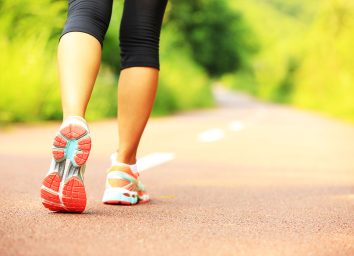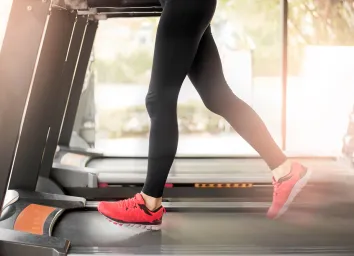Secrets for Walking Your Way to a Lean Body After 40
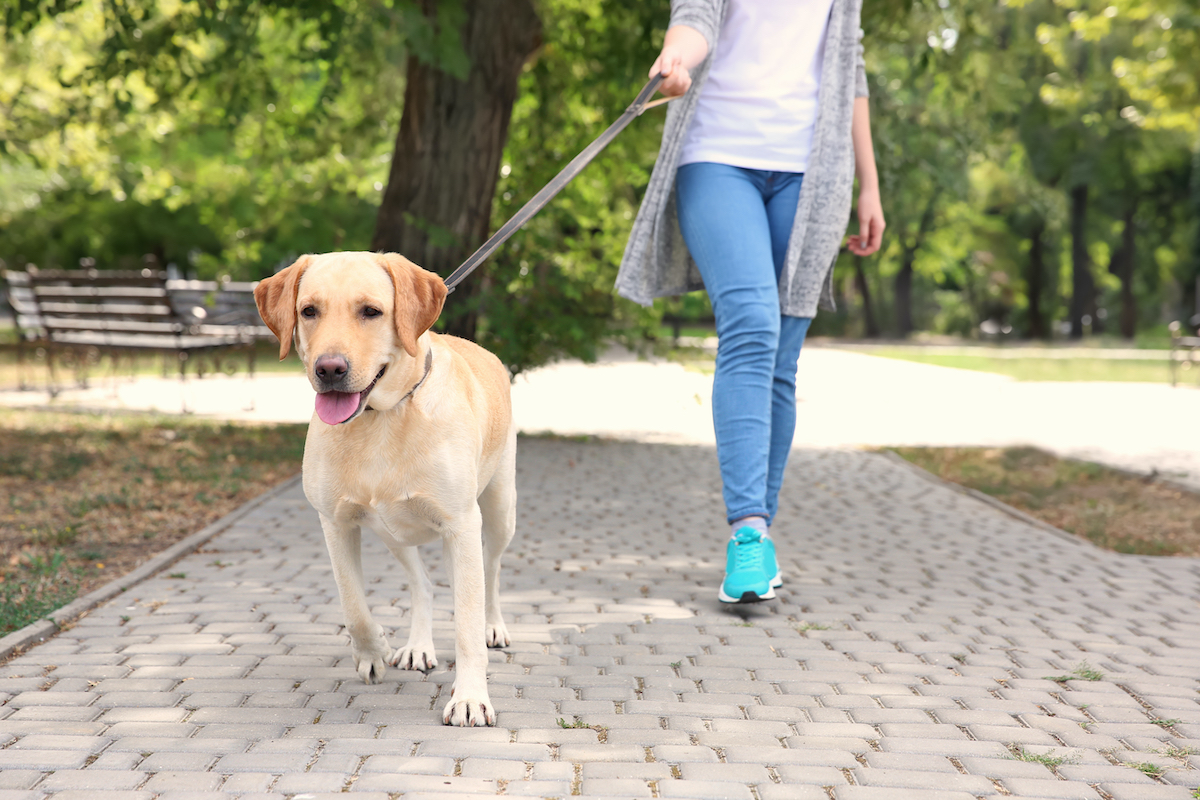
If you're a regular walker (or reader of ETNT Mind+Body), you're probably well-familiar with all of the modality's benefits for your body, mind, and longevity. It's also affordable, accessible to many people, and low in impact where it likely won't put much pressure on your joints.
That's why walking is such a great option for those in their 40s and beyond who are looking to stay fit and get lean—especially those who cannot do the same HIIT intervals or cycling workouts they did back in their 20s and 30s.
"After years of wear and tear on your muscles and joints, the low-impact aspect of walking is particularly beneficial [for people in their 40s]," says Steve Stonehouse, NASM-CPT, USATF certified run coach, and director of education for STRIDE. "It will help you continue to stay active since you can avoid pains and injury that can occur when performing other high impact modalities."
If getting lean is your goal, aging can set you at a disadvantage as well. "The ability to burn fat worsens with age due to a gradual decline in metabolic rate," Stonehouse says. That means that you burn fewer calories and less fat that you would have a decade earlier doing the same activities.
Yet don't fear—if you've hit 40 or you're older, keep these nifty tricks in mind for making that walk more calorie-torching, heart-rate spiking, and more effective in strengthening and leaning out muscle groups. And for more intel on getting lean after 40, check out: Want to Get Lean After 40? Do These Exercises, Say Experts.
Fix your form

Want to get more fitness benefits out of your walk—and less soreness? Take a look at your walking form. "Focus on walking with an upright posture to engage your core muscles," Stonehouse says. Good posture will prevent risk of injury or pain, and it will improve balance as well as build more definition in those abdominal and core muscles.
Use your abs to create length between the tailbone and the sternum, Joanna Hall, MSc, walking coach and founder of WalkActive, previously told ETNT. This will also help ensure that you're powering your walk from your leg muscles, not your hip flexors, which can strain your lower back.
But don't squeeze your muscles too tight in the hopes of burning more calories. "This creates excessive tension in the body, leading to compression and lower back pain, and can contribute to increased knee and ankle strain and compromise good postural alignment," Hall shared.
Keep an eye on the length of your stride, too. Lots of people take super long strides in the hopes of picking up their pace, but Stonehouse says that's a mistake. "Too long of stride can cut a walk short, especially if you end up causing yourself pain in your sciatic nerve," he says. Instead, "focus on taking shorter, quicker steps as this will prevent issues down the road and help you walk faster naturally." For more intel on form, check out: Secret Tricks for Walking Better Starting Now, Say Experts.
Increase your speed
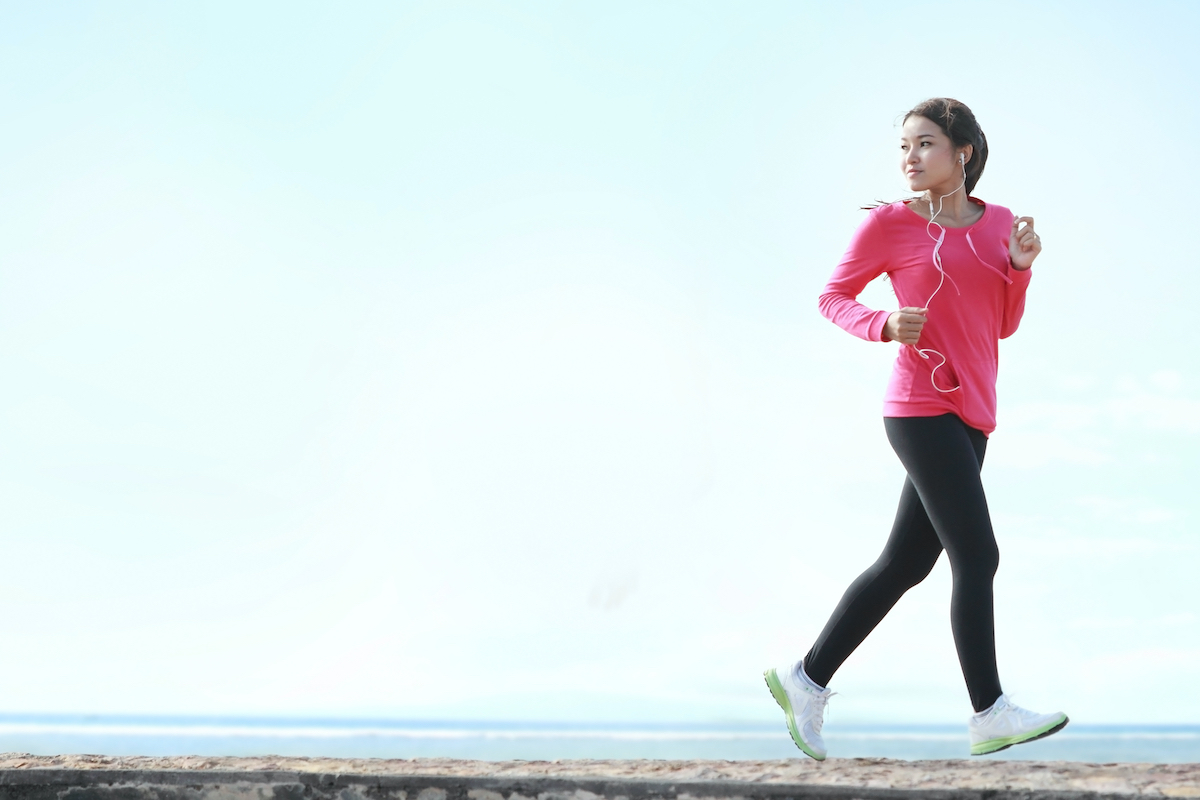
Increasing the pace of your walk will reflect in the benefits you see long-term, as you'll notice more definition and weight loss in a shorter period of time since you're burning more calories during that walk. (Plus, walking faster is associated with a longer life—what more incentive do you need?)
"As you age, it's less likely you'll want to or even be able to do more strenuous workouts like running, hiking, and more, so speed walking makes it possible for you to achieve a higher intensity workout without putting too much stress on your joints," Stonehouse explains.
He recommends easing into things with interval-style walking. "For your routine, you can begin with a five-minute regular pace walk, then walk for two minutes at a quickened speed, then reduce your pace to a regular pace for three to five minutes, and repeat that cycle," he suggests. For more walking workout tips, check out: Secrets for Walking Your Way to a Longer Life, Say Experts.
Add some weights
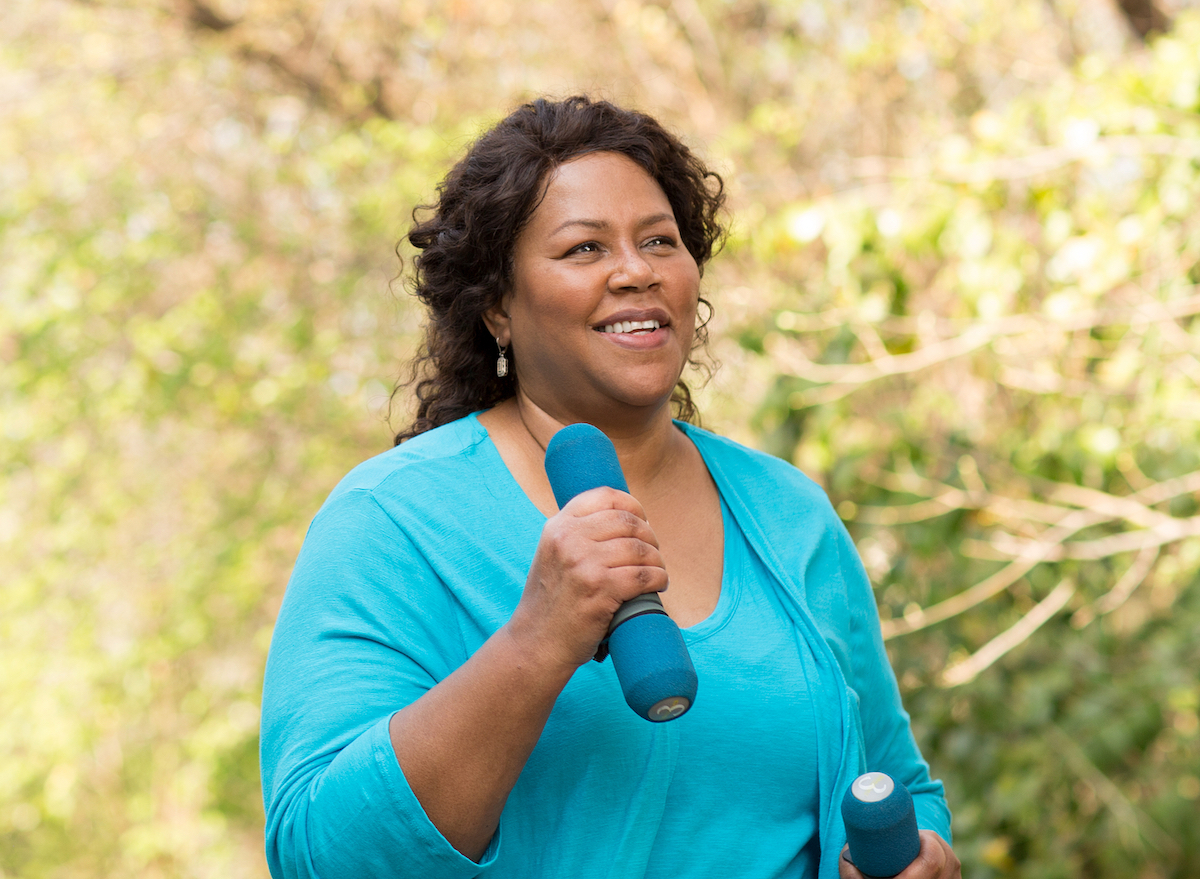
Weights are a great addition to walking and you can use ankle weights, a weighted vest or anything that's most comfortable for you. "As you age, you start to lose muscle naturally, so adding additional weight to your walk will help you build muscles in your core and lower body," Stonehouse says.
As a result, you'll also start burning more calories naturally, when at rest due to a higher metabolism from the greater quantity of muscle mass. "This will give you the lean body you're looking for," he says, with more muscle and a toned appearance. "It's important to be careful about how much you add to avoid hurting your knees or back though so start small and work your way up," he explains.
Or try strength training along your route
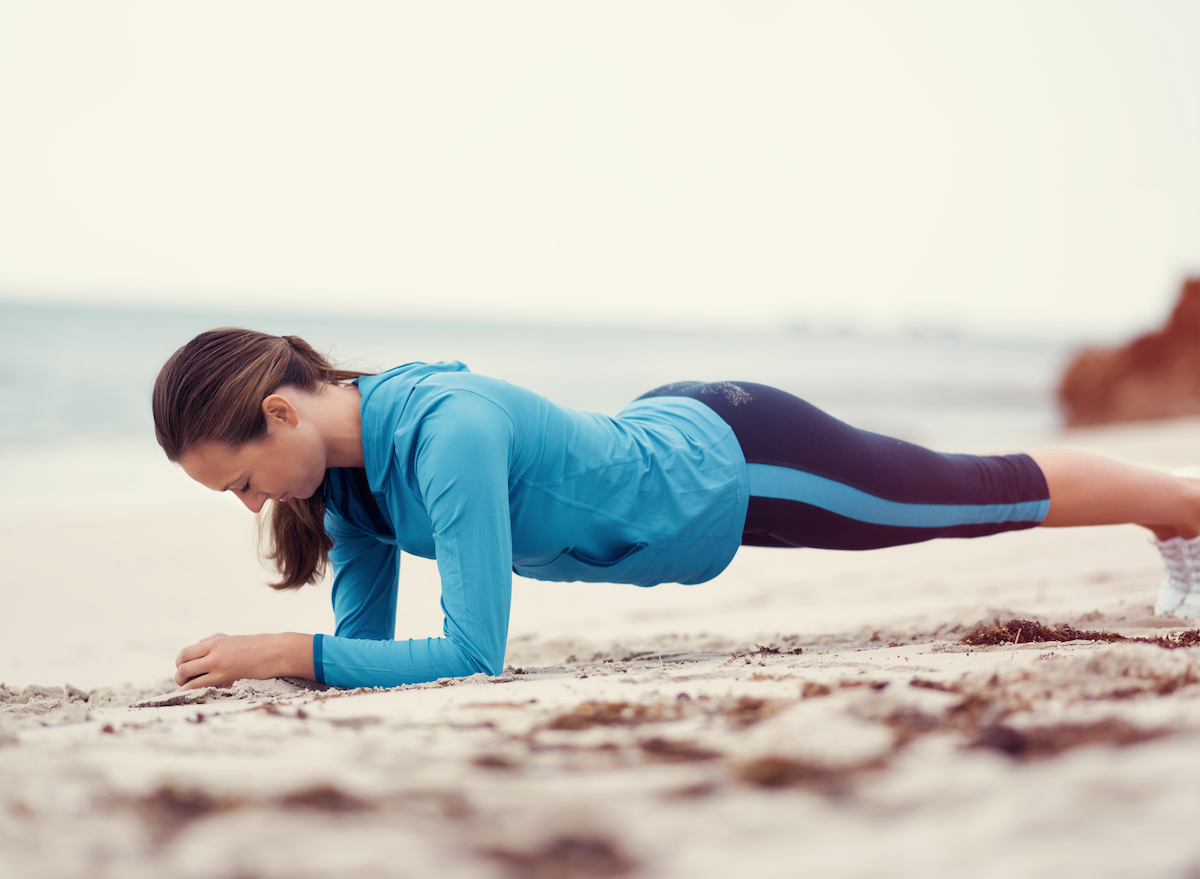
Another option to get a full-body workout while walking is to incorporate bodyweight or weight-bearing activities into your walking routine.
"If you're a little more agile, body-weight squats and lunges are great options," Stonehouse says. "And if you need something less strenuous, try doing a standing side crunch, as this kind of exercise is a form of strength training that will help you tone out," he explains.
The best part is you can do them regardless of your age, so age 40 and up doesn't make you any less able than someone of a younger age. "Try walking for five or 10 minutes, then stop for one minute and do your exercise of choice, and repeat again," he says. This is a good template to follow.
Again, make sure you're paying attention to how your body feels so that you don't push yourself too hard and cause injury. If you feel any pain, stop and rest to see how you feel the next day before resuming a program. For some moves to try on the trail, Try This Simple Bodyweight Workout to Burn Fat and Get Lean.
Go for longer walks

It is common sense—the more miles you walk, the greater your caloric burn will be by the end of the workout. "Try going for a longer walk—three miles or more," recommends Stonehouse.
If that feels like a lot, work up to that distance by pushing yourself to go slightly further on each outing. "Once you're comfortable going for 20–30-minute walks, which often equate to 1-1.5 miles, you can start adding more distance to your workout," he says.
If you decide to increase your distance, start at a slower pace first to ease into things. You should also pay special attention to how you're walking (remember the first tip on this list!) to avoid hurting your knees or hips. And don't miss The Secret Trick for Walking to Get Lean, Says Study.
